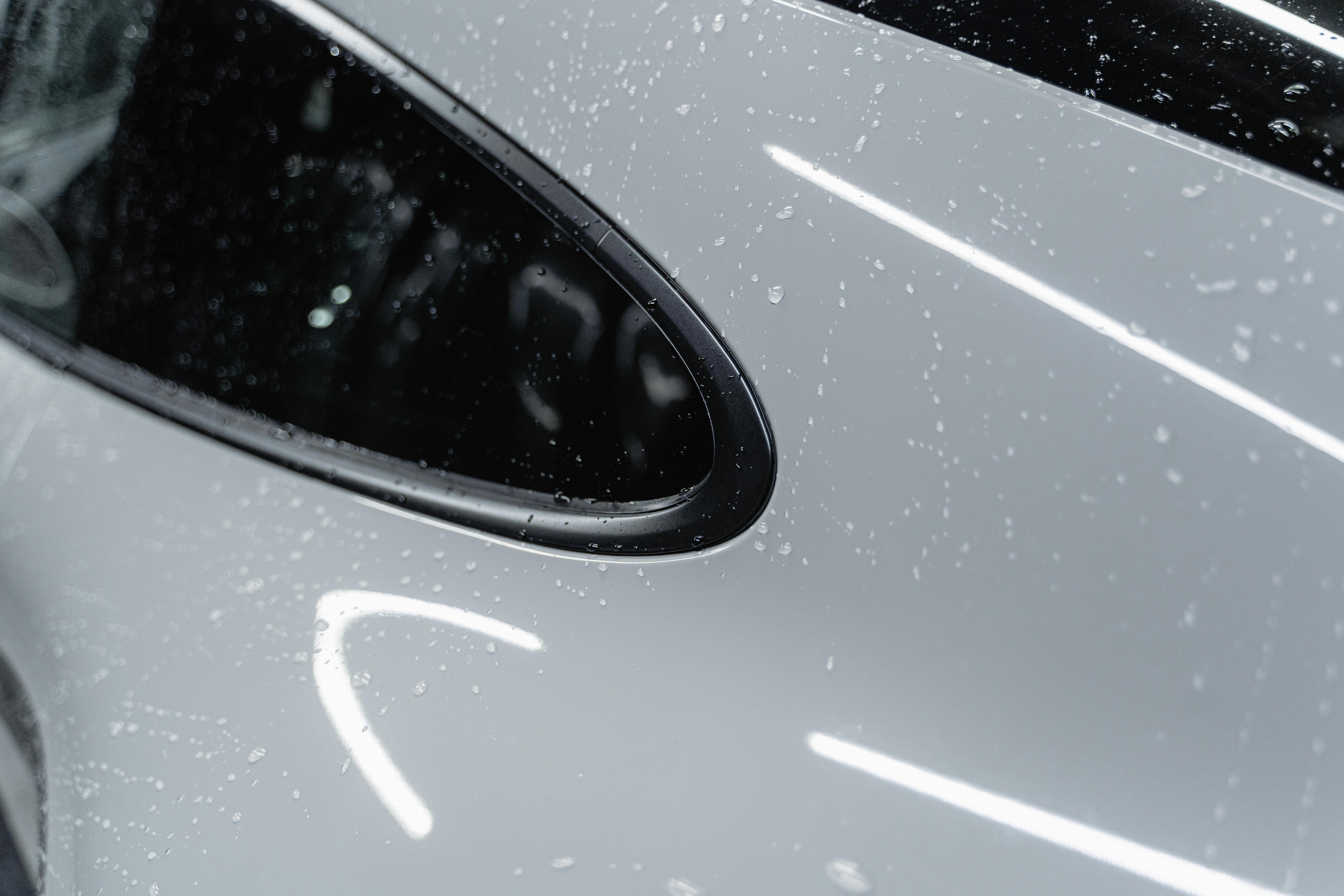Kayak fishing has rapidly evolved over the last ten years into a mainstream style of fishing. The biggest difference between fishing kayaks and other kayaks is generally in the way they are equipped with an elaborate array of fishing accessories packed into a relatively small area. The ease with which these accessories could be added to a regular kayak soon led to the development of a separate line of kayak models designed specifically for the angler. However, even with all of these popular advancements, there is now another style of kayak that is becoming increasingly popular with avid kayak anglers.
The inflatable kayak used to be considered a toy compared to other kayaks, but today’s inflatable kayaks are nothing like their earlier counterparts. Earlier inflatable models were sometimes as light and flimsy as your average pool raft. Modern inflatable kayaks have proven to be extremely safe and are available from quality manufacturers. They are known to be quite durable and puncture proof. So while inflatables have pros and cons, as there are with any other style of kayak, the cons seem like an acceptable trade-off for pros not available on any other type of fishing kayak.
First, a look at the cons. Inflatable kayaks are somewhat more difficult to paddle and maneuver and generally lack the speed of a rigid kayak. This could make a big difference if you buy a kayak for travel, but in kayak fishing, speed isn’t really a big deal. Kayak anglers spend most of their time sitting in one spot or possibly drifting while casting and retrieving, rather than paddling at full speed. Another consideration is that it can be more difficult to add the numerous accessories that most people like, which is widely known as “rigging.” On hardtail kayaks, it’s relatively easy to drill a mounting hole in the deck of the kayak and add just about anything a person could want.
A short list of common accessories would likely include fishing rod holders, tackle box holders and compartments, bait containers, and a wide variety of electronic devices such as fish finder, GPS, mobile phone holders, marine radios, air pumps. for bait tanks and running lights Drilling holes in an inflatable kayak is obviously not recommended! However, many enterprising DIY riggers have found that some plastic “D-rings” and some duct tape will make a useful set of mounting and attachment points on an inflatable kayak. One of the latest and greatest discoveries among self-install enthusiasts is that a sturdy plastic cutting board, typically for kitchen counter use, can be attached with bungee cords to an inflatable kayak which then becomes an excellent hard surface for mounting normal electronics.
So what exactly is causing such a surge in popularity for inflatable kayaks? The number one reason is portability. An inflatable fishing kayak can be folded up into a transport pack and easily transported to remote fishing areas that no other boat can take. Most inflatables can be purchased with a carry pack that can be used as a backpack or shoulder bag, and taking them to remote fishing spots is no more trouble than carrying an extra tackle box. Most anglers have a well-kept list of those secret, remote fishing spots that can only be reached by a long walk. Carrying any type of boat by hand to those sites has simply never been an option.
After years of just being able to walk the edges and fish off the shore, those sites have now opened up to get out on the water where the big boys are. The slight inconvenience of having to inflate the jet ski before starting is easily offset by being the only person there with a fishing kayak. The average person can easily take an inflatable kayak to places where they wouldn’t even consider taking a rigid kayak or canoe.
To seal the deal on the increasing popularity of the inflatable kayak, there is a long list of additional advantages. Not only does their light weight make taking them on a hike a definite plus, it also makes a world of difference when getting the kayak out of your vehicle and taking it to shore, even when you can drive to launch. On average, an inflatable kayak will weigh about half as much as a similarly sized rigid kayak. Even many tandem inflatable kayaks weigh less than single rigid kayaks. No need for a trailer or roof rack as they easily fit in the trunk of a compact car or on the back seat. This ability to fit into a small space adds another great benefit, storing your kayak in the off-season. While storing your hardshell kayak in the winter months usually means having plenty of room in the garage, a storage building, or an outside rack or cot of some kind, a deflated kayak typically won’t need more storage space than a refrigerator. Finally, there is the consideration of price. Inflatable kayaks are generally about half the cost of a similarly sized rigid model. The added savings of not having to also purchase a roof rack or trailer has influenced many anglers to become kayak anglers when price is their primary consideration.
With a long list of pros, outweighing just a few cons, it’s easy to see why the inflatable kayak is fast becoming the next big thing in kayak fishing.
